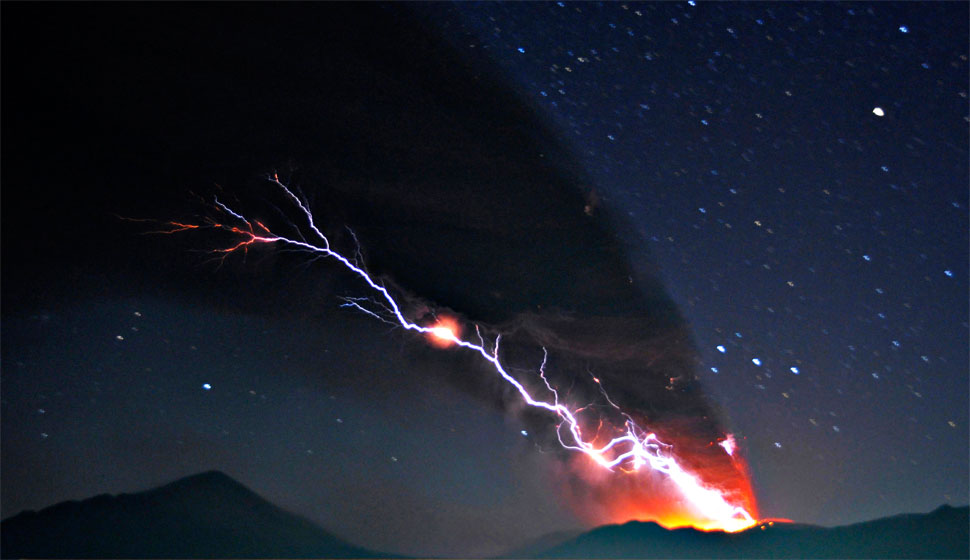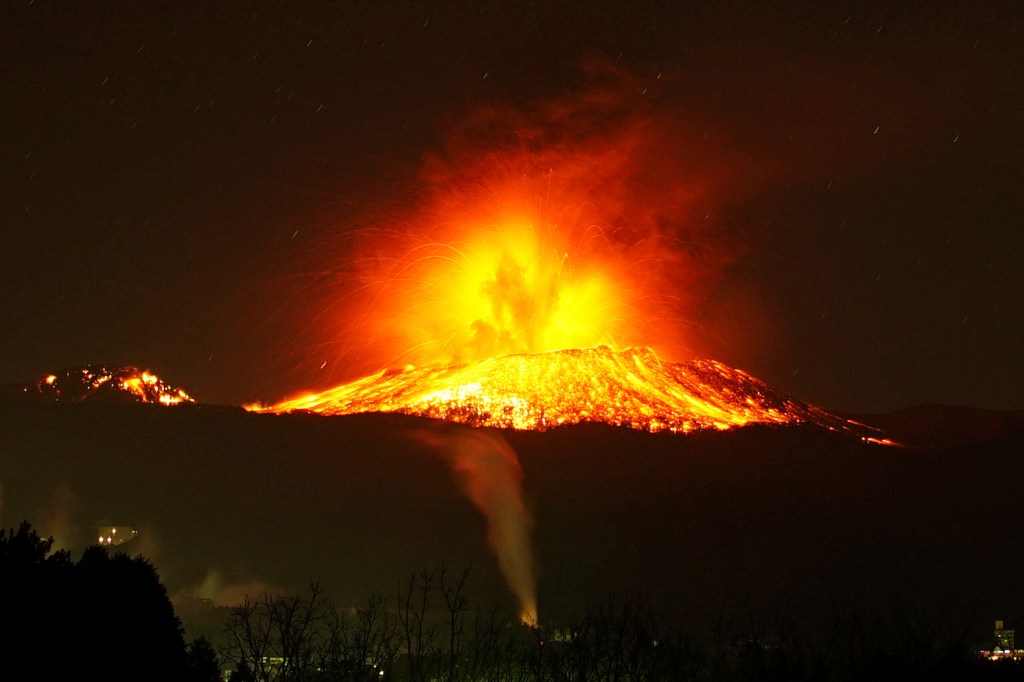Shinmoedake Eruption Blankets Southern Japan in Ash Amid Widespread Seismic Unrest
Shinmoedake Volcano Erupts: Southern Japan Confronts Dual Threat of Ashfall and Earthquakes

A powerful volcanic eruption at Shinmoedake, located on the island of Kyushu in southern Japan, has sent shockwaves across the region. Onlookers watched as a towering column of ash, reaching 3,000 meters (nearly 10,000 feet) into the sky, darkened the skies over parts of Kagoshima and Miyazaki prefectures. The sudden and dramatic event has transformed entire landscapes, covering towns, roads, farmlands, and residential areas in thick grey ash.
This latest eruption marks the most significant event in what has been a week of increasing volcanic and seismic activity in southern Japan. Emergency management officials and geological agencies remain on high alert as the situation continues to evolve rapidly.
🌋 Volcanic Fury: A Landscape Transformed
Shinmoedake, a stratovolcano in the Kirishima mountain range, is no stranger to violent eruptions. However, the intensity of this recent activity has taken many by surprise. The eruption created an immense ash plume that drifted for miles, reducing visibility and disrupting daily life in multiple cities and towns. Fields of crops have been buried under volcanic debris, while residential areas are now coated in a fine layer of grey ash, posing health risks and cleanup challenges.
In response, local authorities have urged residents to avoid unnecessary travel, particularly in areas close to the volcano. Access restrictions are currently in place around the crater, as flying volcanic rocks and further eruptions remain a possibility.

🚨 Alert Level and Immediate Hazards
Japan’s Meteorological Agency has maintained a Volcanic Alert Level 3 for Shinmoedake. This level indicates that the volcano is active and that entry into the surrounding area is strictly prohibited due to potential danger from pyroclastic flows and ballistic rocks.
While the immediate threat is centered around Shinmoedake, the eruption has raised wider concerns as seismic activity increases across nearby regions. A string of over 900 earthquakes has been recorded in the Tokara Islands chain, located south of Kyushu. Though most of these tremors have been minor, their frequency and proximity suggest that Japan’s southern region may be experiencing elevated tectonic stress.
🏠 Impact on Communities and Infrastructure
The eruption’s ash fallout has created both short-term and long-term challenges for affected communities. Public transportation services have been partially suspended or delayed, and airport operations are being closely monitored due to ash-related risks. On the ground, local authorities have distributed masks and eye protection gear to residents, especially the elderly and children, who are more vulnerable to respiratory issues.
Ash removal efforts are already underway in many areas, but the combination of volcanic dust and ongoing earthquakes has made it difficult to resume normal life. Farmlands—particularly rice paddies and vegetable plots—are expected to suffer significantly from ash accumulation, which can reduce crop yield and damage soil fertility.
In Kagoshima City, municipal workers have been deployed to clean roads and inspect buildings for damage. “We are prioritizing the safety of our residents, especially those in proximity to the volcano,” said a city official. “There is no room for complacency.”
🌍 Japan’s Volcanic Reality: Living on the Edge
Japan is one of the most volcanically and seismically active countries in the world. Sitting atop the Pacific “Ring of Fire,” it is home to over 100 active volcanoes and regularly experiences tectonic shifts. While the country is highly prepared—with sophisticated monitoring systems and emergency protocols—the frequency and unpredictability of these natural phenomena are a constant concern.
Shinmoedake, in particular, gained international attention in 2011 when it erupted after decades of dormancy. Its recent awakening is a stark reminder of the ongoing risks that lie beneath Japan’s scenic landscapes.
🔭 Looking Ahead: Uncertainty and Vigilance
Scientists are closely monitoring seismic patterns and gas emissions from Shinmoedake to determine whether more eruptions are imminent. Volcanologists note that the accumulation of ash and tremors may suggest a continuing cycle of activity. Meanwhile, residents and officials alike are being urged to remain vigilant.
Disaster preparedness measures have been reinforced throughout southern Japan. Schools and public buildings in high-risk zones are on standby for evacuation orders, and shelters have been readied should the situation escalate.
While volcanic eruptions are a natural part of Japan’s geology, the current combination of airborne ash and escalating earthquake swarms is unusual and deeply concerning. As scientists work to gather more data, communities must navigate the delicate balance between caution and resilience.
Source: Japan Meteorological Agency, Local Government Reports (Kagoshima, Miyazaki)